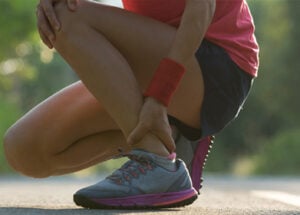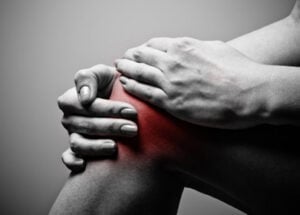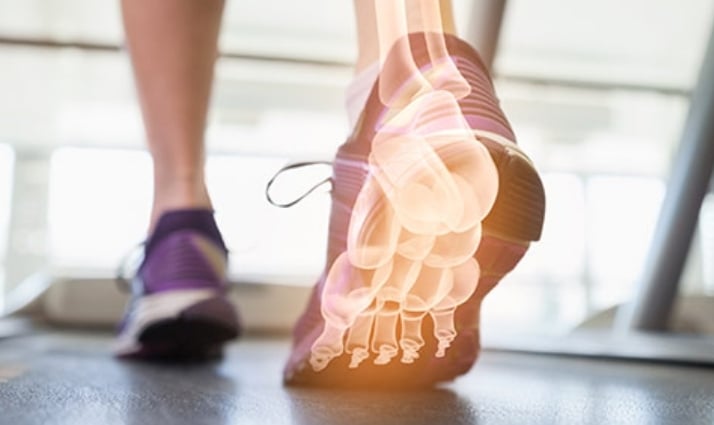What is Arthroscopy Surgery
October 15, 2020

Arthroscopy is a surgical procedure that doctors use to examine, diagnose and treat problems that are related to the joints. You can have an arthroscopy on any joint. Most often, it’s done on the knee, shoulder, elbow, ankle, hip, or wrist.
Arthroscopy Surgery is a minimally invasive surgery. Surgeons use special equipment to look inside the joint to diagnose and correct injured tissue. The process is done through small incisions and so causes minimum discomfort and thus leading to quick healing.
How is Arthroscopy Surgery done?
You will be given general anesthesia or a spinal one depending on where the surgery is to take place.
The surgeon will make a buttonhole sized incision and insert a pencil-thin arthroscope through it. The arthroscope will contain a camera lens and a light enabling the surgeon to visualize the inside of the joint on a screen. The problem is visually diagnosed and if required surgically corrected. Once completed the instruments will be removed and the wound will be closed with stitches or special tape.
Why would you need an Arthroscopy Surgery?
Arthroscopy surgery is done to treat joint injuries and diseases that cause inflammation or damage to joints. Knee arthroscopy surgery is the most common procedure. It is also used to treat shoulder, elbow, ankle, hip and wrist problems. It is a common procedure done by ortho doctors to treat sports injuries and traumatic accidents.
What are the conditions that most often require arthroscopic surgery?
Knee
- Meniscal tears
- Anterior / Posterior cruciate ligament tears with instability
- Medial/Lateral Collateral Ligament tears
- Cartilage defects (Wearing or injury of cartilage cushion)
- Medial Patellofemoral ligament tear
- Septic arthritis/ Synovitis/ Loose bodies
Shoulder
- Recurrent dislocations/Instability
- Rotator cuff tears
- Impingement syndrome
- SLAP tear
- Frozen Shoulder
- Septic arthritis/ Synovitis/ Loose bodies
Hip
- Femoroacetabular Impingements
- Labral lesions
- Osteonecrosis
- Septic arthritis/ Synovitis/ Loose bodies
Elbow
- Tennis/Golfers Elbow
- Adhesiolysis for stiffness
- Septic arthritis/ Synovitis/ Loose bodies
Ankle
- Impingements
- OCD
- Arthrodesis for arthritis
- Instability
- Septic arthritis/ Synovitis/ Loose bodies
Wrist
- Carpal tunnels syndrome
- Triangular fibrocartilage tear
- Septic arthritis/ Synovitis/ Loose bodies
How long is the recovery after Arthroscopic Surgery?
Recovery time is mostly quick. Immediately after the surgery, you will need Braces, splints or slings for support. There is less pain and stiffness when compared to open surgery and recovery is faster with little or no hospital stay.
You will be prescribed antibiotics, blood thinners and painkillers to prevent infection and blood clots, and to manage pain.
You may be able to remove the surgical bandages a day after the surgery and replace them with small strips. In about 2 weeks the surgeon will remove non-dissolvable stitches if any.
Apply ice for the first 24 hours to reduce swelling. If you’ve had an arthroscopy surgery on your knee, elevate the leg to reduce pain. Take pain medicines as prescribed, and do not drink alcohol.
How soon can I get back to normal activities after Arthroscopy Surgery?
Immediately after the surgery, you will be asked to refrain from certain strenuous activities based on which joint was treated. Typically, after arthroscopy surgery, you will be able to return to work within a few days of surgery. Joint recovery will take some weeks and returning to compete normally will take a few months.
With suitable rehabilitation, you will be able to return to normal activities early. The patient should be able to bear weight on the knee while standing or walking, immediately after surgery with a brace. They are expected to walk with crutches for 4-6 weeks after surgery.
The patient should refrain from driving for at least 1 week after an arthroscopic knee operation until the swelling reduces and the knee motion improves.
Rehabilitation is intended to control pain and swelling, achieve maximum range of motion and full load walking
If you have a joint problem and have been advised surgery, you can contact the arthroscopic surgeons at Rela, the multispeciality Hospital for quick relief through advanced arthroscopic procedures.











